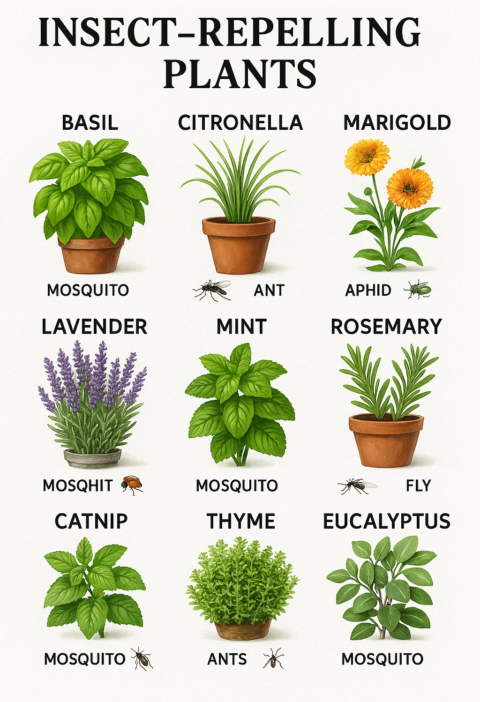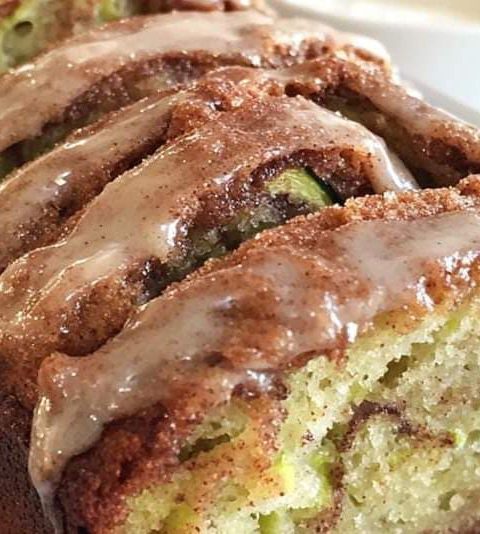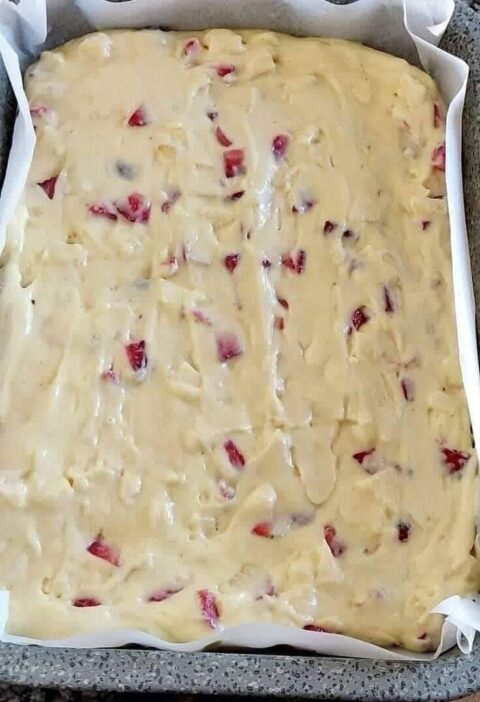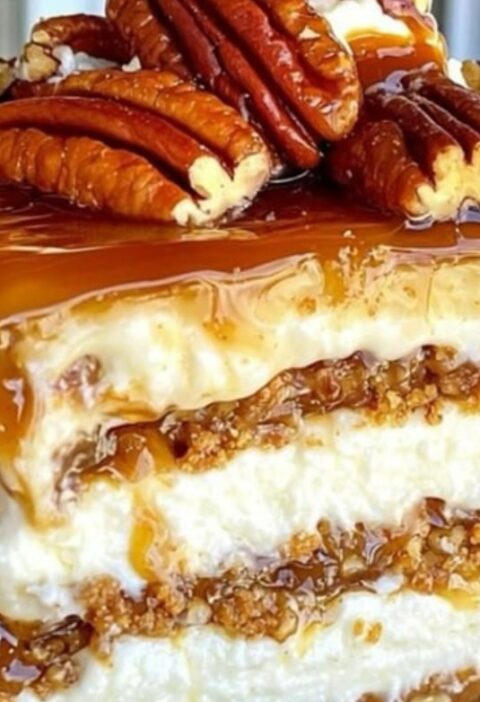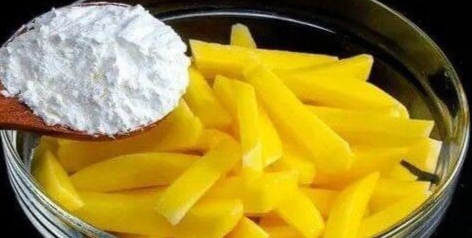Introduction
Raising chickens or other poultry at home can be an incredibly rewarding experience, but acquiring a reliable incubator can sometimes be costly. Fortunately, building a homemade egg incubator using a water bottle is a cost-effective and efficient way to hatch eggs. This DIY method not only saves money but also allows for complete control over temperature, humidity, and ventilation to ensure successful hatching. In this guide, we’ll explore the materials, steps, and essential maintenance needed to build and operate a homemade egg incubator using a water bottle.
Why Use a Water Bottle Incubator?
A homemade egg incubator made from a water bottle is an excellent option for small-scale hatching. It’s inexpensive, easy to construct, and allows for precise monitoring of conditions. Here are some advantages:
Low Cost: No need to invest in expensive commercial incubators.
Easy to Assemble: Minimal tools and materials required.
Energy Efficient: Uses a simple heating source such as a light bulb.
Portable: Can be placed anywhere in your home.
Customizable: Allows adjustments to maintain optimal hatching conditions.
Materials Needed
Before you begin, gather the following materials:
5-liter or larger plastic bottle (serves as the main incubator chamber)
Small light bulbs or heat lamps (for maintaining the correct temperature)
Thermometer and hygrometer (to monitor temperature and humidity levels)
Egg carton or foam (to hold eggs in place and prevent movement)
Scissors, drill, or cutting tool (to create ventilation holes and an access door)
Electrical tape (for securing wiring and insulation)
Aluminum foil (to help distribute heat evenly)
Water dish (to help regulate humidity)
Step-by-Step Instructions
1. Preparing the Bottle
Clean the plastic bottle thoroughly and ensure it’s completely dry.
Lay the bottle on its side and cut a large opening on one side to create an access door. This will allow you to insert and remove eggs easily.
Use electrical tape to smooth the edges to prevent accidental cuts.
2. Setting Up the Heat Source
Install small light bulbs or heat lamps on the top or sides of the bottle to distribute heat evenly.
Ensure the bulbs are placed safely to prevent direct contact with the eggs.
Maintain a constant temperature of 99.5°F (37.5°C) for optimal hatching conditions.
If possible, use a dimmer switch or thermostat to regulate temperature.
3. Ensuring Egg Stability
Place a layer of foam or an egg carton inside the bottle to prevent eggs from rolling.
Ensure the eggs are positioned properly, with the larger end slightly elevated to allow for air circulation.
4. Temperature and Humidity Monitoring
Install a thermometer and hygrometer inside the incubator to monitor conditions accurately.
Maintain humidity levels at 45-55% during incubation.
Increase humidity to 65-75% for the last three days before hatching.
Add a small dish of water inside the incubator to help regulate humidity.
5. Ventilation
Make small holes in the bottle to allow fresh air to circulate and prevent overheating.
Proper ventilation is crucial for oxygen exchange and moisture balance.
6. Manually Turning Eggs
Turn eggs manually at least three times a day to ensure even heat distribution and proper embryo development.
Stop turning the eggs three days before hatching to allow the chicks to position themselves correctly.
Safety Tips
Always monitor the heat source to prevent overheating or electrical hazards.
Keep the incubator out of reach of children and pets.
Ensure proper insulation to prevent temperature fluctuations.
Avoid overloading the incubator with too many eggs.
Troubleshooting Common Issues
Temperature Fluctuations
Use a thermostat to maintain a steady temperature.
Place the incubator in a room with stable ambient temperature.
Humidity Issues
If humidity is too low, add more water to the dish.
If humidity is too high, increase ventilation slightly.
Eggs Not Hatching
Check fertility before incubation by candling the eggs.
Ensure consistent turning of eggs during incubation.
Avoid disturbing eggs during the final three days before hatching.
Advantages of DIY Egg Incubators
Cost Savings: Homemade incubators are a fraction of the price of commercial options.
Customizable: Can be modified for different poultry species.
Educational: Great for teaching children about animal development.
Eco-Friendly: Repurposes plastic bottles for a sustainable solution.
Final Thoughts
Building a homemade egg incubator using a water bottle is an excellent way to experience the hatching process at home. With proper temperature control, humidity regulation, and ventilation, you can successfully hatch eggs without investing in expensive equipment. Whether you’re a beginner or an experienced poultry keeper, this DIY project is a great way to start your journey into incubating and raising chicks.
By following these steps, you can create an efficient and economical incubator, allowing you to enjoy the exciting experience of hatching eggs at home. Happy hatching!
Call to Action
If you found this guide helpful, share it with fellow poultry enthusiasts! Have you tried making a homemade incubator? Let us know about your experience in the comments below.
—

